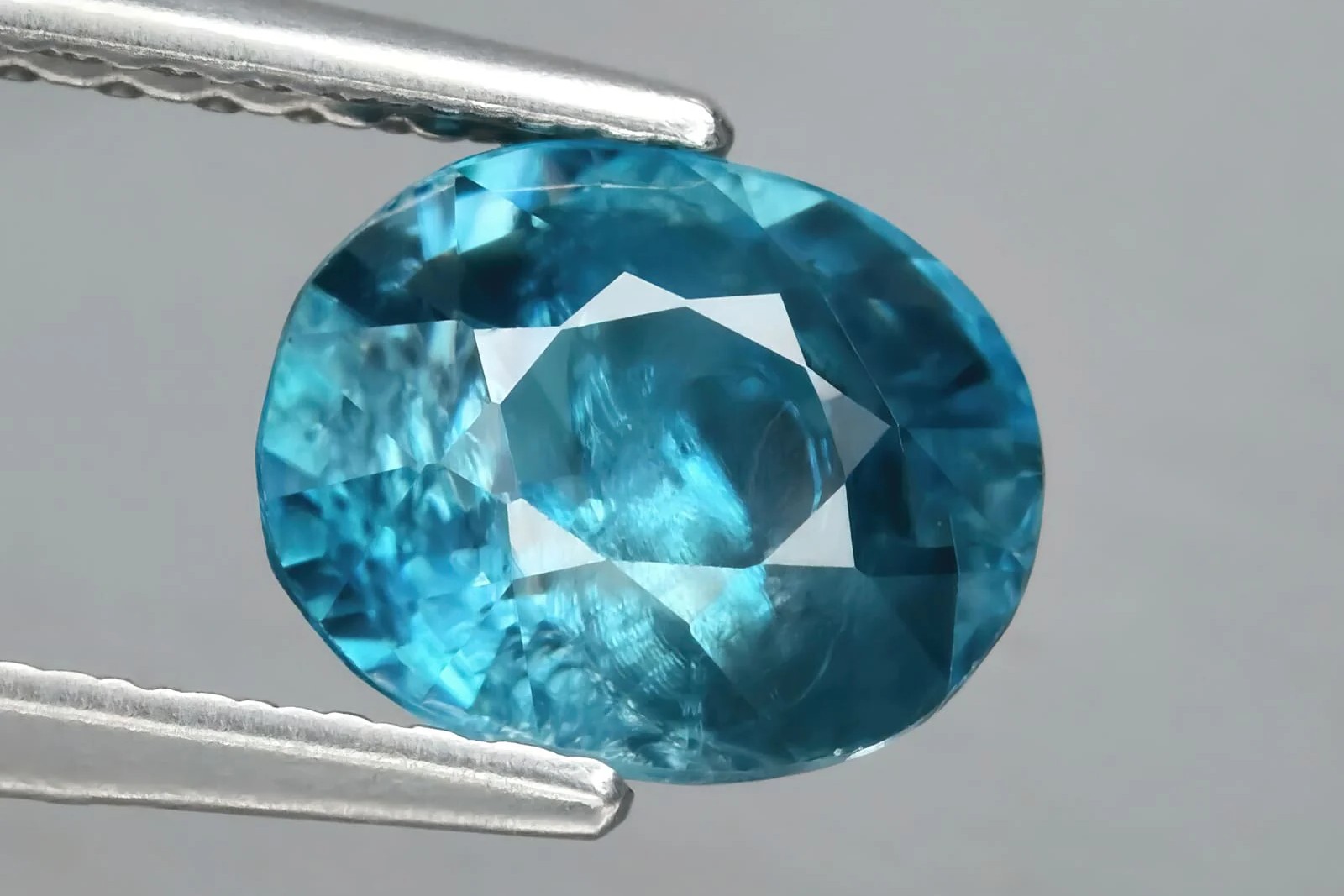
Zircon is a fascinating mineral that often gets overshadowed by its more famous counterparts like diamonds and rubies. But did you know that zircon is one of the oldest minerals on Earth? Some zircon crystals are over 4 billion years old! This gem is not just a pretty face; it has a rich history and unique properties that make it special. From its use in dating ancient rocks to its vibrant colors, zircon has many intriguing aspects. Whether you're a geology enthusiast or just curious about gemstones, these 30 facts about zircon will surely pique your interest.
What is Zircon?
Zircon is a fascinating mineral often overshadowed by more popular gemstones. However, it has unique properties and a rich history that make it worth exploring. Here are some intriguing facts about zircon.
- Zircon is a mineral belonging to the group of nesosilicates.
- Its chemical name is zirconium silicate, with the formula ZrSiO4.
- Zircon can be found in a variety of colors, including red, yellow, green, blue, and brown.
- The name "zircon" comes from the Persian word "zargun," meaning "gold-colored."
- Zircon is one of the oldest minerals on Earth, with some crystals dating back over 4.4 billion years.
- It is often used in radiometric dating to determine the age of rocks and geological events.
- Zircon has a high refractive index, giving it a brilliant sparkle similar to diamonds.
- It is commonly found in igneous, metamorphic, and sedimentary rocks.
- Australia is the largest producer of zircon, followed by South Africa and the United States.
- Zircon is often confused with cubic zirconia, a synthetic gemstone, but they are entirely different materials.
Zircon's Unique Properties
Zircon possesses several unique properties that make it stand out among other minerals. These properties contribute to its various uses in different industries.
- Zircon has a hardness of 7.5 on the Mohs scale, making it relatively durable.
- It has a high melting point of 2,550 degrees Celsius (4,622 degrees Fahrenheit).
- Zircon is resistant to chemical weathering, which helps preserve its crystals over billions of years.
- It exhibits strong pleochroism, meaning it can show different colors when viewed from different angles.
- Some zircon crystals contain trace amounts of uranium and thorium, which can cause them to become radioactive.
- Heat treatment can enhance the color of zircon, often turning brownish stones into vibrant blue ones.
- Zircon is doubly refractive, meaning it splits light into two separate rays, adding to its brilliance.
- It has a specific gravity of 4.6 to 4.7, making it denser than many other gemstones.
- Zircon's crystal structure is tetragonal, forming prismatic crystals with a square cross-section.
- It can exhibit fluorescence under ultraviolet light, sometimes glowing in shades of yellow, orange, or red.
Uses of Zircon
Zircon's unique properties make it valuable in various applications, from jewelry to industrial uses. Here are some ways zircon is utilized.
- Zircon is a popular gemstone used in rings, necklaces, and other jewelry pieces.
- It is often used as a diamond substitute due to its brilliance and affordability.
- Zircon is a key component in the production of ceramics, providing strength and durability.
- It is used in the manufacturing of refractory materials, which can withstand high temperatures.
- Zircon is an essential ingredient in the production of zirconium metal, used in nuclear reactors and aerospace applications.
- It is used in the creation of zirconia, a material used in dental crowns and other medical implants.
- Zircon is employed in the production of abrasives, such as sandpaper and grinding wheels.
- It is used in the casting of metal parts, providing a smooth surface finish.
- Zircon is utilized in the production of glass, improving its clarity and resistance to heat.
- It is used in the creation of pigments for paints and coatings, providing vibrant and long-lasting colors.
Zircon's Fascinating World
Zircon isn't just a pretty gemstone; it's a window into Earth's history. This mineral, often mistaken for diamond, has been around for billions of years. Its durability and unique properties make it a favorite among geologists and jewelers alike. Zircon's ability to withstand extreme conditions helps scientists study ancient geological events. Plus, its vibrant colors and brilliance make it a stunning choice for jewelry.
From its role in dating Earth's oldest rocks to its use in radiation shielding, zircon's versatility is impressive. Whether you're a science enthusiast or a jewelry lover, there's something captivating about this ancient gem. Next time you see a piece of zircon, remember, you're looking at a tiny piece of Earth's incredible history. So, keep an eye out for this remarkable mineral, and appreciate the stories it holds within its crystal structure.
Was this page helpful?
Our commitment to delivering trustworthy and engaging content is at the heart of what we do. Each fact on our site is contributed by real users like you, bringing a wealth of diverse insights and information. To ensure the highest standards of accuracy and reliability, our dedicated editors meticulously review each submission. This process guarantees that the facts we share are not only fascinating but also credible. Trust in our commitment to quality and authenticity as you explore and learn with us.
